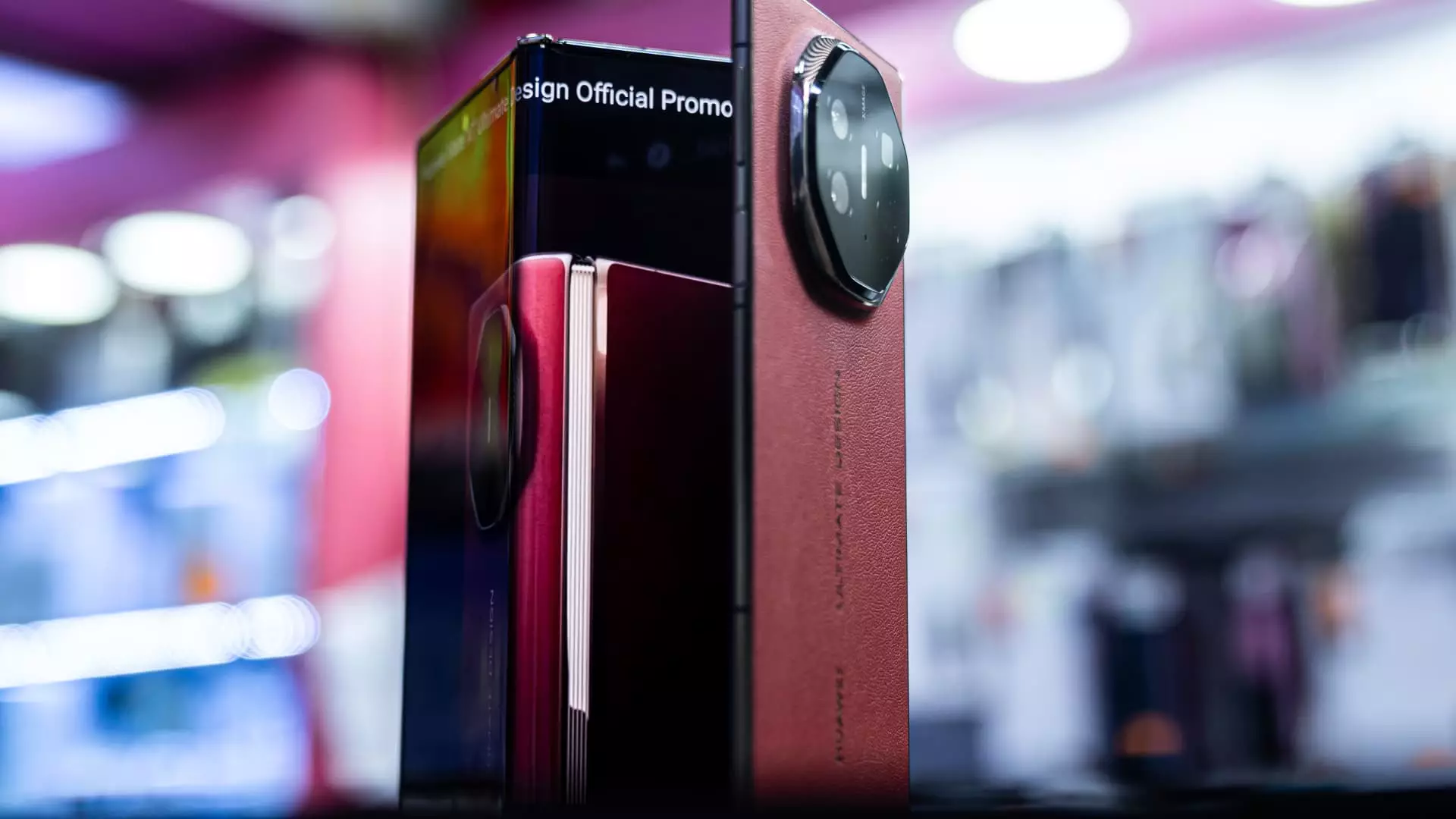In an unexpected twist in the corporate world, Huawei has delivered a phenomenal 22.4% surge in revenue for 2024, with impressive figures hitting 862.1 billion Chinese yuan, equivalent to around $118.2 billion. This rise is a critical beacon of light for the tech giant, offering a semblance of recovery as it grapples with ongoing U.S. sanctions that have drastically limited its access to essential technologies. However, this glimmer of success is shadowed by a significant drop in net profits, which plummeted by a staggering 28%, landing at 62.6 billion yuan. Such contrasting outcomes raise the question of sustainability: can Huawei genuinely maintain this growth trajectory while facing decreasing profitability?
The company’s rotating chairwoman, Meng Wanzhou, emphasized the staff’s collective efforts to mitigate external challenges while enhancing both product quality and operational efficiency. Yet, it seems that despite increasing revenues, the heart of the enterprise is under pressure. Will improvements in operational efficiency be enough to combat declining net profits? The alarming dip in net earnings indicates that revenue numbers can be deceptive; they don’t always reflect the overall health of a corporation.
Heavy Investment and Research Focus
Huawei’s aggressive investment strategy is commendable, particularly its 179.7 billion yuan allocation (20.8% of revenue) for research and development in 2024, exceeding the previous year’s figures. There is a silver lining—a sign of hope in resilience. The company’s shift towards diversifying into AI data centers, cloud computing, and automotive technology is commendable. However, one cannot help but wonder if such heavy investments will lead to tangible returns or merely reflect an ongoing struggle to adapt to a radically altered technological landscape.
Meng’s declaration about intensifying strategic depth and differentiating growth opportunities in response to economic challenges raises questions about the future. Is this strategy a sign of proactive agility or a desperate response to a “new normal”? My inclination leans towards the latter, suggesting that Huawei is racing to recover and innovate rapidly in a world where they remain hamstrung by geopolitical tensions and sanctions.
ICT and Consumer Business Performance
Huawei’s revenue has been chiefly buoyed by its two core divisions: Information and Communications Technology (ICT) infrastructure and the consumer segment, representing approximately 82% of total revenue. Although the ICT infrastructure sector grew modestly by 4.9%, it is significant. Large-scale deployments of next-generation 5G networks, alongside new 5.5G technologies, have propelled this division’s growth, suggesting that Huawei has managed to leverage its core competencies even amid adversity.
On the flip side, the consumer business revealed some remarkable acceleration with a staggering 38.3% growth, hinting at an adaptive business model responding effectively to domestic demand. Notably, Huawei’s comeback in the smartphone arena deserves attention. After suffering severe blows from sanctions affecting chip availability and Google software access, Huawei’s domestic shipments surged 37% year-on-year. This resurgence is a crucial reminder that innovation can disrupt market dynamics quickly—although the brand’s international prospects remain grim, with analysts warning that its lack of access to the global Android ecosystem poses a formidable obstacle.
Innovation vs. Sanctions: A Double-Edged Sword
The introduction of HarmonyOS 5, Huawei’s self-developed operating system, signals a departure from dependency on external sources. While this move is admirable and showcases Huawei’s commitment to self-reliance, the potential risks are alarming. It highlights a dualistic struggle: the thirst for technological independence clashing against a backdrop of severe restrictions. Analysts have remained skeptical about Huawei’s overseas prospects, suggesting a narrow path ahead as the company strives to navigate the intricate web of international trade laws and sanctions.
Meanwhile, Huawei’s diversification into emerging sectors like energy and automotive solutions is intriguing yet fraught with uncertainty. The digital power division’s revenue increase and an astounding 474.4% rise in its Intelligent Automotive Solution business paint a picture of an innovative company striving to redefine itself. However, one cannot ignore that these segments remain nascent; relying wholly on their growth could prove precarious.
Ultimately, Huawei is a tapestry woven with threads of resilience and confrontation—an example of a company navigating a storm with one eye on potential growth and the other firmly on the adversities that threaten to capsize it. As they continue to revamp their operations and explore new markets, the broader implications of their journey resonate within the wider technology industry. Will their whirlwind journey yield enduring triumph, or will they succumb to the challenges that loom large? The verdict is still out.


Leave a Reply